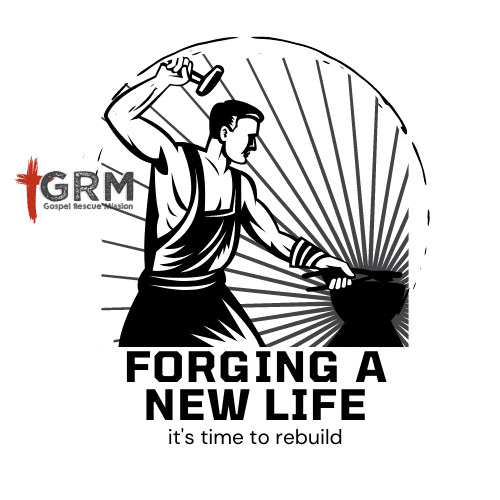So God created mankind in his own image, in the image of God he created them; male and female he created them. -Genesis 1:27
So, we are made in the image of God, that is a great start. It is also true that the image has been disfigured due to sin and rebellion. The sin of Adam and Eve and our own sin does not simply impact mankind. Death came to all creation via sin. That means your sin brings death. Death, decay, stench, and darkness all come as a result of sin. Our image is marred beyond comprehension so much so that we are often not recognized as people of God. Again, this is true for Christian and pagan alike. However, we can go deeper into our identity.
Yet to all who did receive him, to those who believed in his name, he gave the right to become children of God—children born not of natural descent, nor of human decision or a husband’s will, but born of God. John 1:12-13
Yes, that is right. If you surrender to God, accept Jesus Christ as your Lord and Savior, and declare your allegiance to the King of Kings, you are a child of God. Take a moment to consider what that means in very real terms. If you are a son or daughter of a king what does that make you? Seriously, answer that; if you are bold, say it out loud. For those that declare allegiance to the King of Kings, you are nobility. You are a prince or princess in the Kingdom of God. Now that is a better identity than sinner, addict, felon, or whatever other term that you might come up with to define yourself.
This identity, though, must not be taken lightly. Nobility comes with responsibility and expectations. We will later get more into what those are. If you want to forge a new life, you will need to discover what the King expects of you, and do all that you were designed to complete. The training is difficult, but it is worth it. For now, let us consider the power of this new identity. How should a child of a King act, think, and believe? Do you think that might impact your daily life?
Let us consider the impact of simply changing how we see ourselves.
Let us consider the impact of simply changing how we see ourselves.
Ellen Langer’s 1981 experiment focused on two groups of men in their 70’s. Each group spent 5 days at a converted monastery set up to appear as if the year was 1959. Everything from books… to magazines… to television programs… to the music playing on the radio; all of it was intended to make the men feel that the clocks had turned back 22 years. For one group, a special component was introduced: a psychological prime.
A mental prime is something that triggers the body to heal itself. In the counterclockwise study, the prime was twofold:
First, the men were told that if they made a psychological attempt to be the person they were 22 years ago, they would feel just as young as they had then.
Second, each man brought a picture of his younger self. No mirrors were allowed, nor anything else that could disrupt the fantasy.
At the start of the experiment, the men took a comprehensive battery of tests that scored them on metrics including…
- Dexterity
- Grip Strength
- Flexibility
- Hearing
- Vision
- Memory
- Cognition
Langer hypothesized that these measures would improve after the five-day stay at the monastery—and she was right. At the end, the men outperformed the control group in terms of flexibility and dexterity. Independent judges noted that they sat taller and looked younger. Perhaps most impressively, their vision even improved.


